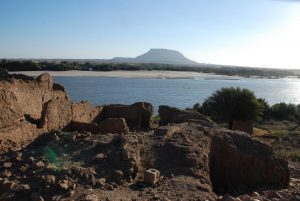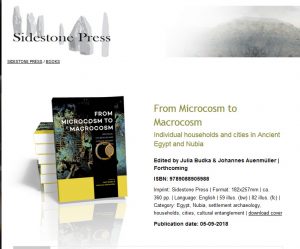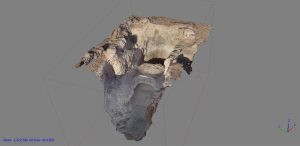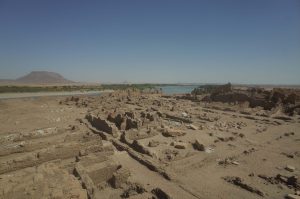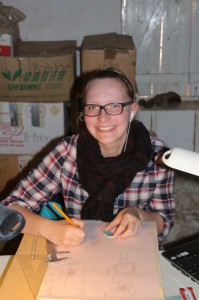What began back in 2015 on Sai Island in Sudan is now officially fulfilled and published according to plan: the book about Tomb 26 in the New Kingdom elite cemetery of Sai, its architecture and material culture, including chapters on geology, human remains, scientific analyses and a compilation of the material discovered, is finally in my hands!
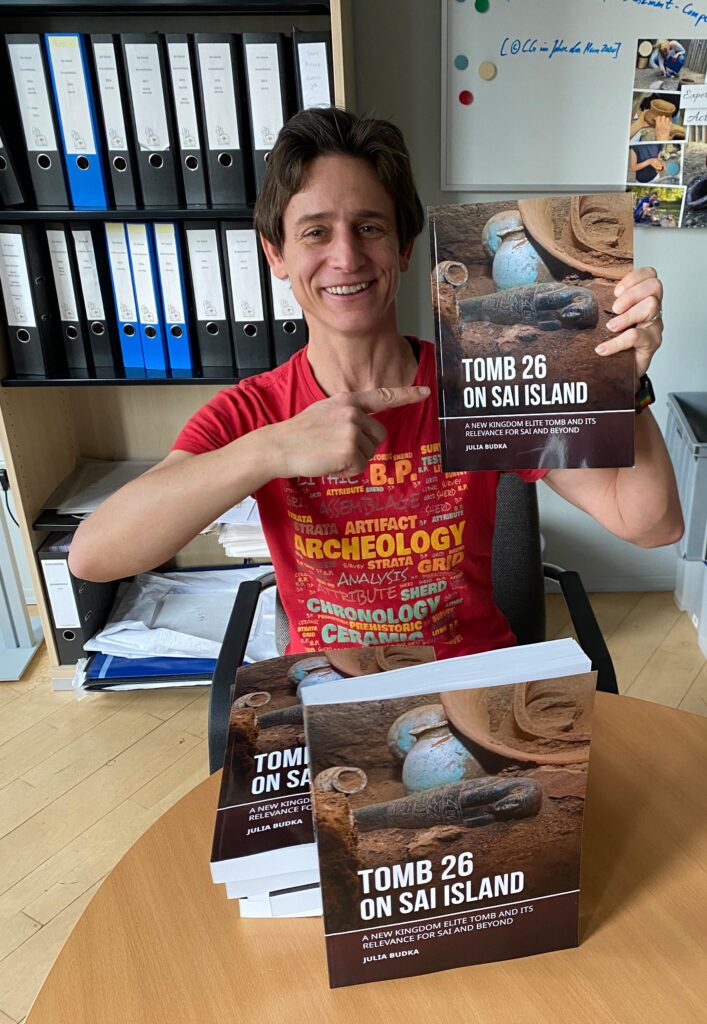
I would like to repeat my heartfelt thanks to all team members who worked very hard in the field to document everything in Tomb 26 in the years between 2015 to 2017 and of course in particular to the contributors of the new book: Johannes Auenmüller, Cajetan Geiger, Rennan Lemos, Andrea Stadlmayr and Marlies Wohlschlager. I am also very grateful to Veronica Hinterhuber and Patrizia Heindl who helped in many ways with the final version, primarily with illustrations. Many thanks also go to the funding agencies of our work, the ERC and the FWF.
You can read the book, published by Sidestone Press, online for free or order it as an Ebook, as Paperback or Hardback edition: https://www.sidestone.com/books/tomb-26-on-sai-island
We are all very much looking forward to any kind of feedback and hope our work will contribute to the ongoing discussion of the importance of investigating the variability of funerary practices of colonial Nubia since these are rooted in distinct social practices.
Tomb 26 allows us to address the distinct cultural character of Nubia during the New Kingdom which was marked by considerable variations and regional differences and still provides several open questions for future research. Some of these open questions are now being focused on by my DiverseNile project – thus, my journey which began in some respects back in 2015 with the discovery of Tomb 26 is far from being over and continues with fresh ideas and new material.








